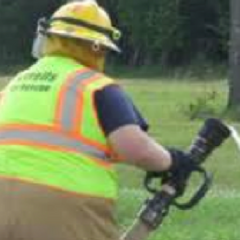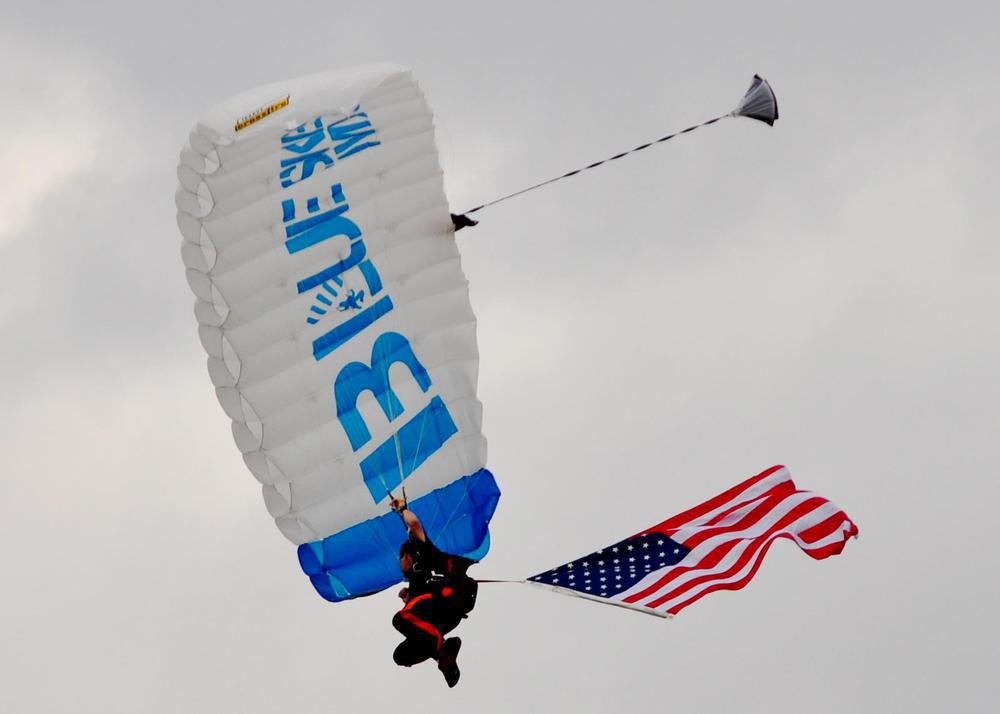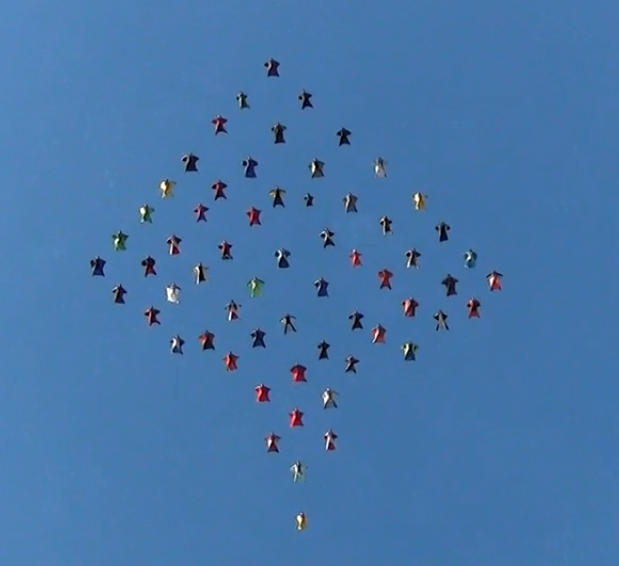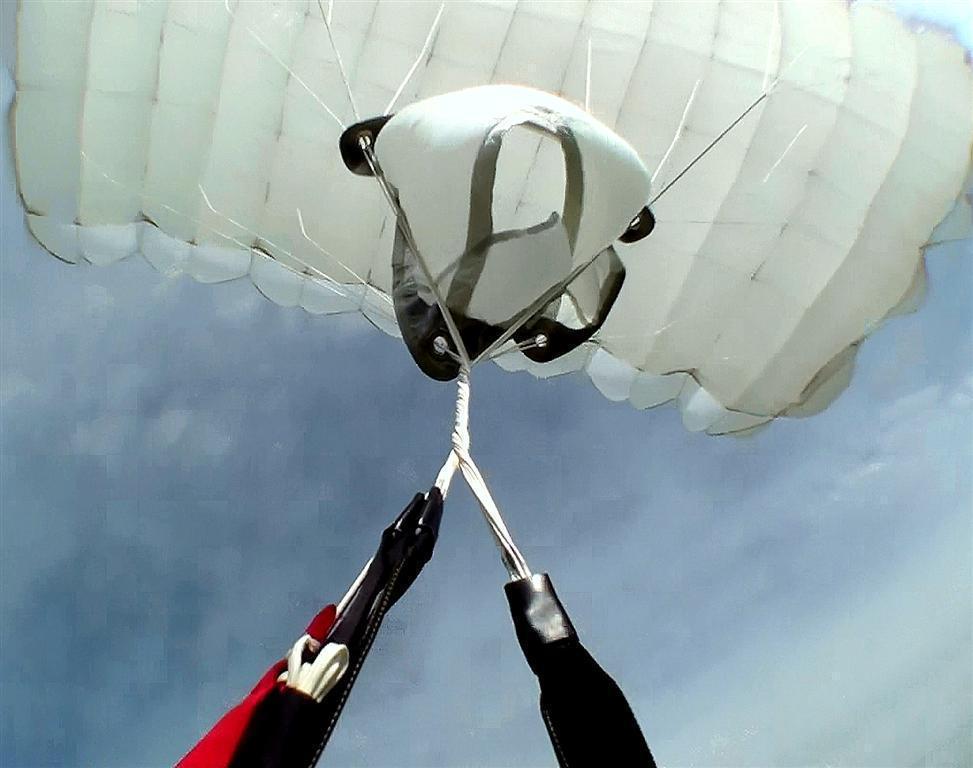Leaderboard
-
in all areas
- All areas
- Adverts
- Advert Questions
- Advert Reviews
- Videos
- Video Comments
- Blog Entries
- Blog Comments
- Images
- Image Comments
- Image Reviews
- Albums
- Album Comments
- Album Reviews
- Files
- File Comments
- File Reviews
- Dropzones
- Dropzone Comments
- Dropzone Reviews
- Gear
- Gear Comments
- Gear Reviews
- Articles
- Article Comments
- Article Reviews
- Fatalities
- Fatality Comments
- Fatality Reviews
- Stolen items
- Stolen item Comments
- Stolen item Reviews
- Records
- Record Comments
- Record Reviews
- Help Files
- Help File Comments
- Help File Reviews
- Events
- Event Comments
- Event Reviews
- Posts
- Status Updates
- Status Replies
-
Custom Date
-
All time
January 20 2016 - August 11 2025
-
Year
August 11 2024 - August 11 2025
-
Month
July 11 2025 - August 11 2025
-
Week
August 4 2025 - August 11 2025
-
Today
August 11 2025
-
Custom Date
04/01/2020 - 04/01/2020
-
All time
Popular Content
Showing content with the highest reputation on 04/01/2020 in all areas
-
3 pointsI have jumped at more than a dozen small airports where gliders, power planes, skydivers, etc. all gracefully shared the field. Separating gliders and skydivers starts with understanding each other's flight patterns. Since jump planes rarely carry more than 2 hours worth of fuel, they need to refuel after every 3 or 4 flights. Skydiving flights vary between 5 and 30 minutes depending upon how high they climb and how fast they climb. Minimum jump altitude is usually 3,000 feet with the top end being 12,000 to 14,000 feet or before they need to start breathing supplemental oxygen. Dependence on supplemental oxygen depends upon how many minutes they fly above 10,000 feet MSL. Jump pilots report their intentions two or three times per flight. First as they roll onto the active runway for take-off. Then a 2 minute warning. "Jumpers away!" And some jump-pilots report after the last jumper has landed. All these reports are broadcast on the local airport frequency, plus calls to appropriate air traffic controllers. Skydivers exit directly over the target or upwind. If upper winds are strong, they may exit two or three miles upwind. Exiting down wind of the target is silly since few parachutes can fly back to the target when surface winds exceed 15 miles per hour. Since modern jump pilots use GPs to navigate to the exit "spot", spotting errors are are these days. Jump runs are typically flown facing into winds aloft, but might be modified depending upon local ATC patterns or to avoid over-flying hazards like lakes or mountains. Jumpers are still responsible for "looking before they leap" to confirm that no airplanes are flying underneath them. Typical freefalls last 30 seconds or a minute, though wing-suiters may fall up to 5 minutes before opening their parachutes. Standard opening altitudes are between 5,000 and 3,000 feet AGL. Once open, parachutes are just low-performance gliders with a rate of descent about 1,000 feet per minute and lift to drag ratios around 3 to 1. Parachute rides last 3 to 6 minutes from opening to landing. Standard parachute landing patterns are just smaller versions of rectangular power plane landing patterns. Patterns start at 1,000 or 1,500 feet above the target and conclude with landing into the wind. Skydiving targets are marked with cloth panels, etc. that are visible from 3,000 feet or higher. Targets are usually on the same side of the runway as the skydiving school and only a short walk from the boarding area. Skydivers often board the plane near fuel pumps. Smoking is strictly forbidden near fuel pumps and airplanes. Like glider tow-planes, piston-pounding Cessna jump planes have to be careful to avoid shock-cooling their air-cooled engines. For example, when a skydiving school opened at Dunnville, Ontario, they modified the traffic pattern so that all airplanes flew their landing patterns on the north side of the airport, while parachutes flew on the south side of the airport. Skydivers were told not to cross the runway below 1,500 feet. Better skydiving schools post maps/aerial photos beside the reception desk with cleanly marked traffic patterns. Visiting jumpers are briefed about local patterns before jumping at a new airport. If skydivers land on the wrong side of the runway, they are told to look both ways before walking across the runway. Skydiving school management will warn offending skydivers once or twice. The third offence includes encouragement to "jump elsewhere." Skydivers tend to be more social than private/glider pilots and many devote their evenings to drinking and bragging about their last skydive. Open alcohol is strictly forbidden before the jump plane takes-off for the last flight of the day (aka. the sunset load). If your airport, neighbours or town have a noise curfew, explain the curfew during your first meeting. Better behaved skydivers clean up their pizza boxes, beer cans, cigarette butts, etc. before the next morning's class arrives. Skydiving school management is responsible for keeping their operation clean and neat and reminding skydivers of traffic rules, curfews, etc.
-
2 pointsI'm sure we can work out an equitable arrangement, no need to get all legal. As a show of good faith on your part maybe pitch me a half dozen likes?
-
2 pointsThey will all be only children, nobody with little kids at home right now is looking to add to them...
-
2 pointsJim, Many other countries have legally mandated service life limits. That how Eric in the classifieds has so many 15 and 20 year old reserves from Europe to sell. Some are through Associations like APF and BPA that have been delegated the force of law for their regulations by the government. But after APF banned the Argus the legislature overruled them.
-
1 point
-
1 point
-
1 pointHi Keith, That reminds of the guy, back about 1961, who ran an ad in a NYC newspaper that said, 'Send $5 to [ some P O Box address ]'. The money started coming in. The Post Office went after him for fraud. His defense was that he had not promised anyone anything. The result: No charges against him. What was it Barnum said? Jerry Baumchen
-
1 pointI hereby request the court accept the petition for discovery including, but not limited to, the warrant for the posted contents of Facebook and Twitter for relative posts in order to cite the original source of the created and disputed intellectual property of the term "Coronials".
-
1 point
-
1 pointAlternate idea: Let them show up, then enforce a quarantine perimeter around the event for a month.
-
1 point
-
1 pointThe other possibility is simply to get (or crowdfund) a patient hoist, already made for this. But an engine hoist with a sling would also work, if you have the materials. There are a lot of models of patient hoist that riggers or anyone else can copy. I'll bet your wife would love this! good luck. Wendy P.
-
1 point
-
1 pointDPRE guy, that 15 or 20 year life limit was a subtle reaction to the acid-mesh problem of the 1980s. That makes the youngest suspect round canopy something life 35 years old! I quit packing suspect canopies a decade ago and no longer have the tools to test for acid-mesh (bromocreasol green). When I rigged for Butler and Para-Phernalia, they refused to service any of their gear more than 20 years old. After 20 years in the Southern California desert, most parachutes were faded, frayed and filthy! Closet queens raise far more complex questions. The biggest difficulty is for younger riggers is finding manuals, service bulletins, etc. for rigs that fell out of fashion before the internet became fashionable. When in doubt, work to the tightest standard. Lawyers are sneaky bastards who will distort the slightest variation in your work to make you look guilty. They also cheat widows and wounded. Starve lawyers by keeping your work above reproach. Always be able to point to a specific page in a manual to reinforce any rigging decision. When in doubt, work to the tightest standard.
-
1 pointFlatten where? In the US? You are absolutely dreaming if you think thats going to happen within the next month.
-
1 pointAre you going on about this again? Like I and several other people told you the last time you made this statement, links are canopy parts and are supplied with the canopy. This is the industry standard for new canopies. When you buy used all bets are off. No one is talking about legalities here, except you.
-
Newsletter








